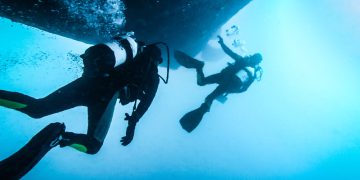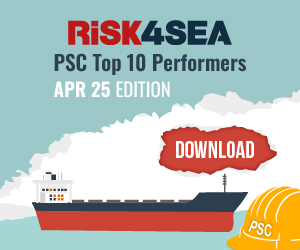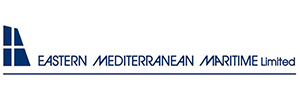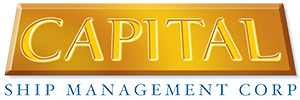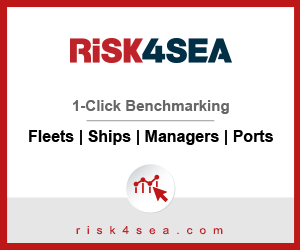Lead Acid Batteries are mostly used onboard ships as emergency power support units. However, lately a widespread adoption of lithium-ion batteries has been noticed.
The term “lithium battery” refers to a family of batteries with different chemistries. For the purposes of the dangerous goods regulations, these are separated into two types of batteries:
- Lithium metal batteries contain metallic lithium and are primarily non-rechargeable. They have lithium metal or lithium compounds as an anode. Included in this group are lithium alloy batteries. These batteries are used in common commercial products (eg. Watches, calculators, cars etc)
- Lithium-ion batteries are rechargeable, and lithium is only present in the electrolyte in the ionic form. Included in the lithium-ion category are lithium polymer batteries. Lithium-ion batteries are generally found in products such as mobile telephones, laptop computers, tablets, power tools etc. This rechargeable type is also used onboard ships.
Both lithium ion and lead acid batteries use same technology to store and provide energy. The primary difference lies in the material used as cathode, anode, and electrolyte. In a lead-acid battery, lead is used as the anode, and lead oxide is used as a cathode. In a lithium-ion battery, carbon is used as the anode, and lithium oxide is used as the cathode.
Lead-acid batteries use sulphuric acid as an electrolyte, and li-ion batteries use lithium salt as an electrolyte. While discharging, ions flow from anode to cathode through the electrolyte, and the opposite reaction occurs while charging.
Why lithium ion batteries
The reasons why lithium ion batteries are gaining popularity and replace the lead acid batteries on board ships (despite the fact that they are more expensive at initial purchasing) are many:
- Lithium ion achieves an energy density of 125-600+ Wh/L versus 50-90 Wh/L for lead acid batteries. This means that for same energy consumption a Lithium ion battery may last 8-10 times longer than a lead acid.
- The weight and size of lithium batteries are much lower in comparison to lead-acid batteries with the same capacity.
- Charging a lead-acid battery can take more than 10 hours, whereas lithium ion batteries can take from 3 hours to as little as a few minutes to charge, depending on the size of the battery. Lithium ion chemistries can accept a faster rate of current, charging quicker than batteries made with lead acid.
- Depth of Discharge indicates the maximum energy of a fully charged battery that can be used without recharging. Lithium batteries provide 85-100% of their stored capacity, regardless of the rate of discharge. Lead-acid batteries typically provide less usable energy with higher rates of discharge close to 50% only.
- Lead-acid batteries are cheaper and are easier to install when compared to Lithium-ion batteries. The price of a lithium-ion battery is two times higher than a lead-acid battery with the same capacity. However, if someone compares the life of the batteries, lithium-ion lasts longer than a lead-acid battery. Hence, lead-acid batteries are cheaper only for short-term applications than lithium-ion batterie
- Cycle life is the number of charging and discharging cycles a battery can undergo without compromising its performance. Usually, lithium-ion batteries possess a cycle life of 5000, and complete discharge does not affect the life cycle. Whereas a lead-acid battery lasts for 300 to 500 cycles. The complete discharge of the lead-acid battery significantly affects its life cycle.
Why lead acid batteries
The only area that lead acid batteries perform better than lithium ion batteries are cold climates. Low temperature can cause significant reduction to stored capacity. The lithium ion batteries are not sensitive to capacity reduction however they may face problem to recharging in sub zero temperatures.
Risks and challenges
However, both types of batteries hide risks during usage. For example, in both lead-acid and lithium-ion batteries, overcharging may lead to an explosion. Furthermore, the sulfuric acid in the lead-acid battery is highly corrosive, and there is a chance of leakage. If overcharged, hydrogen and oxygen gases may evolve, leading to an explosion. In lithium-ion batteries, there are high chances for thermal runaway. Thermal runaway is the condition that occurs when the heat generated within the battery exceeds the heat dissipated to the surroundings. The thermal runaway also has the potential to trigger a battery explosion.
The use of batteries on board is a regulatory requirement mostly for emergency reasons. The type of the battery to be used to comply with the requirements is a decision made by Ship Operators. In any case, there should be an efficient planning and assessment weighting all factors related to battery use, considering Safety, Purpose of use, Support, Performance and Cost.























